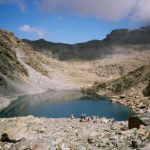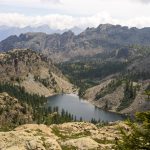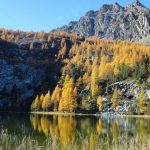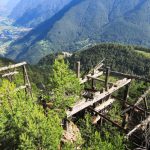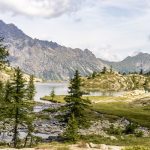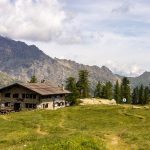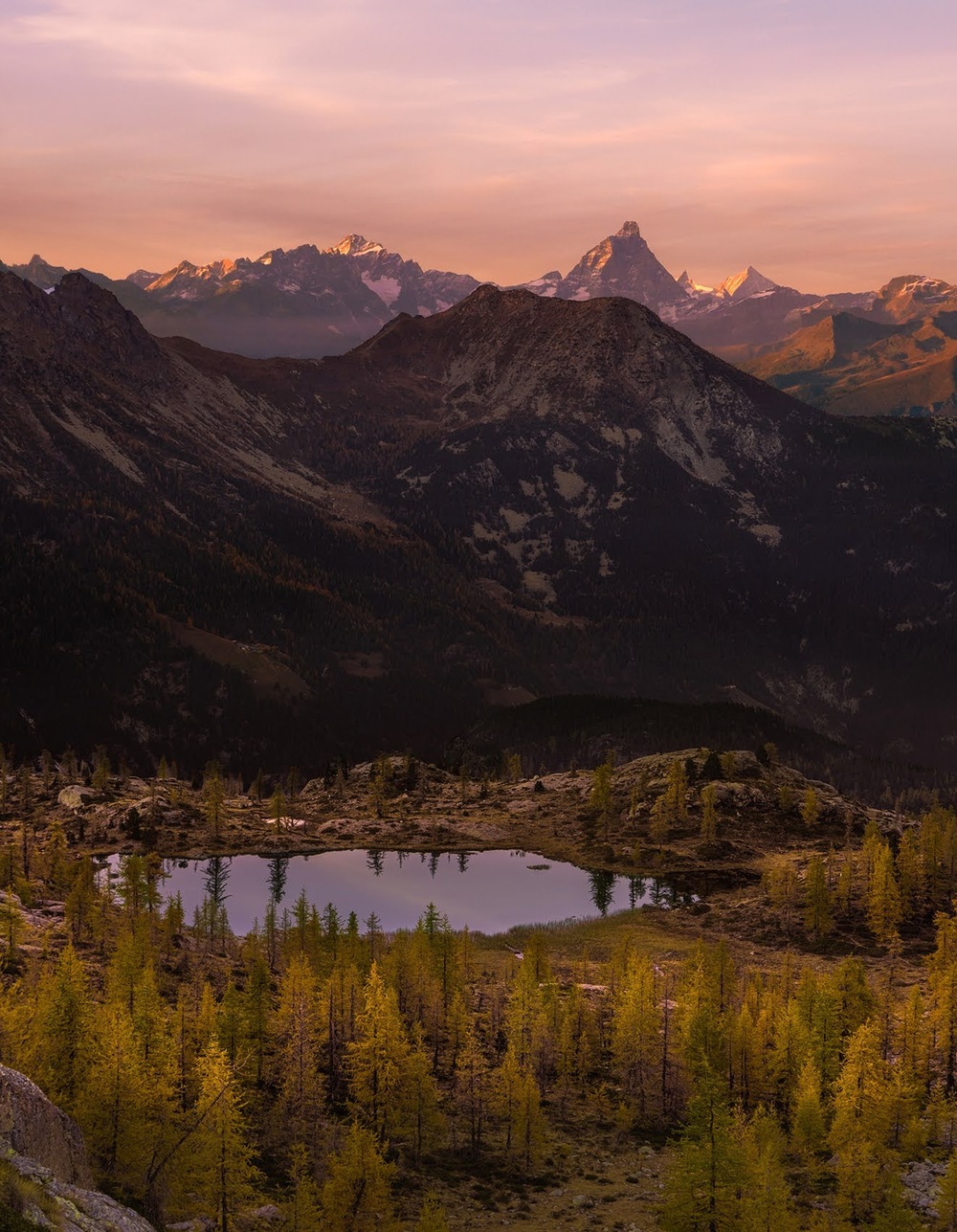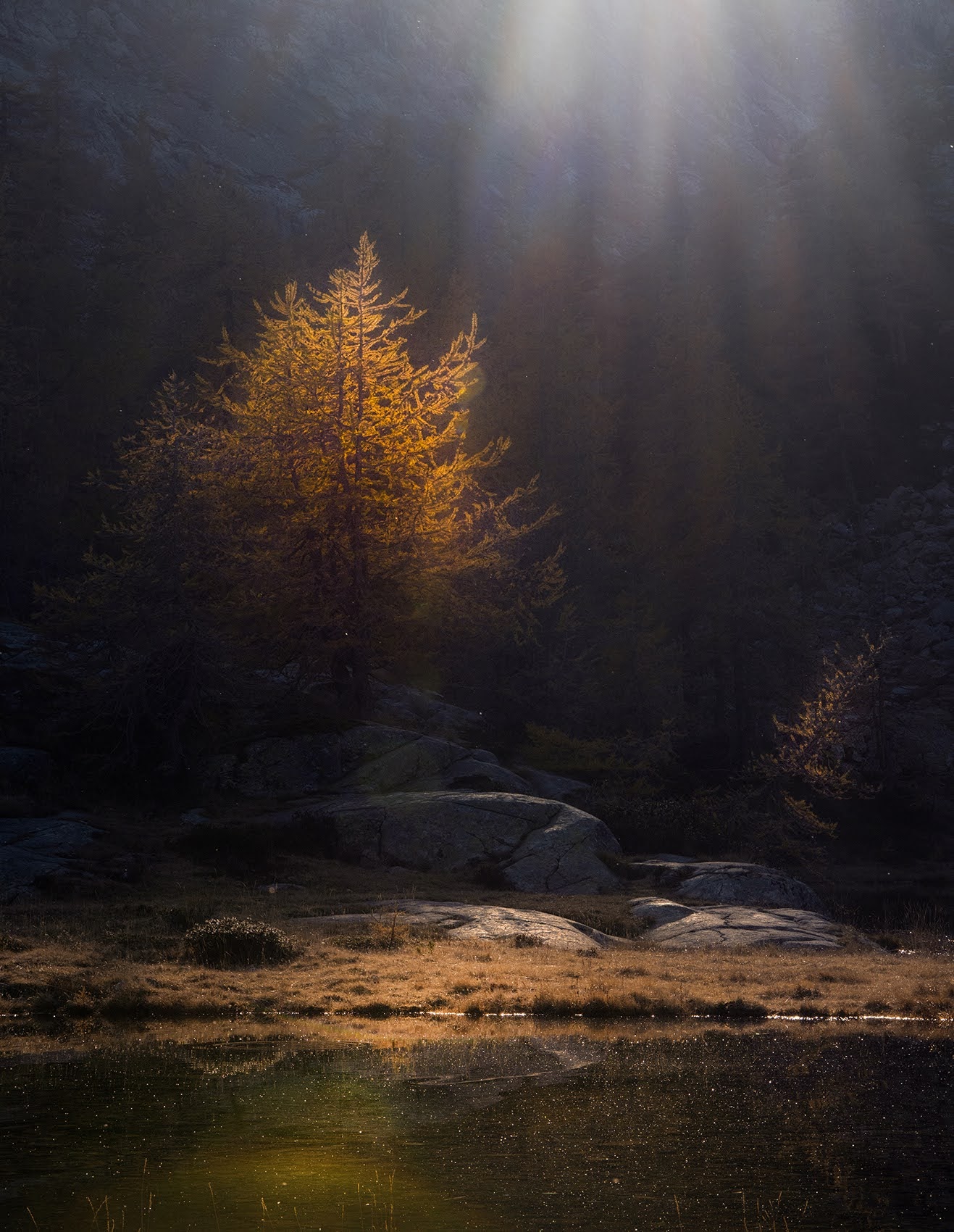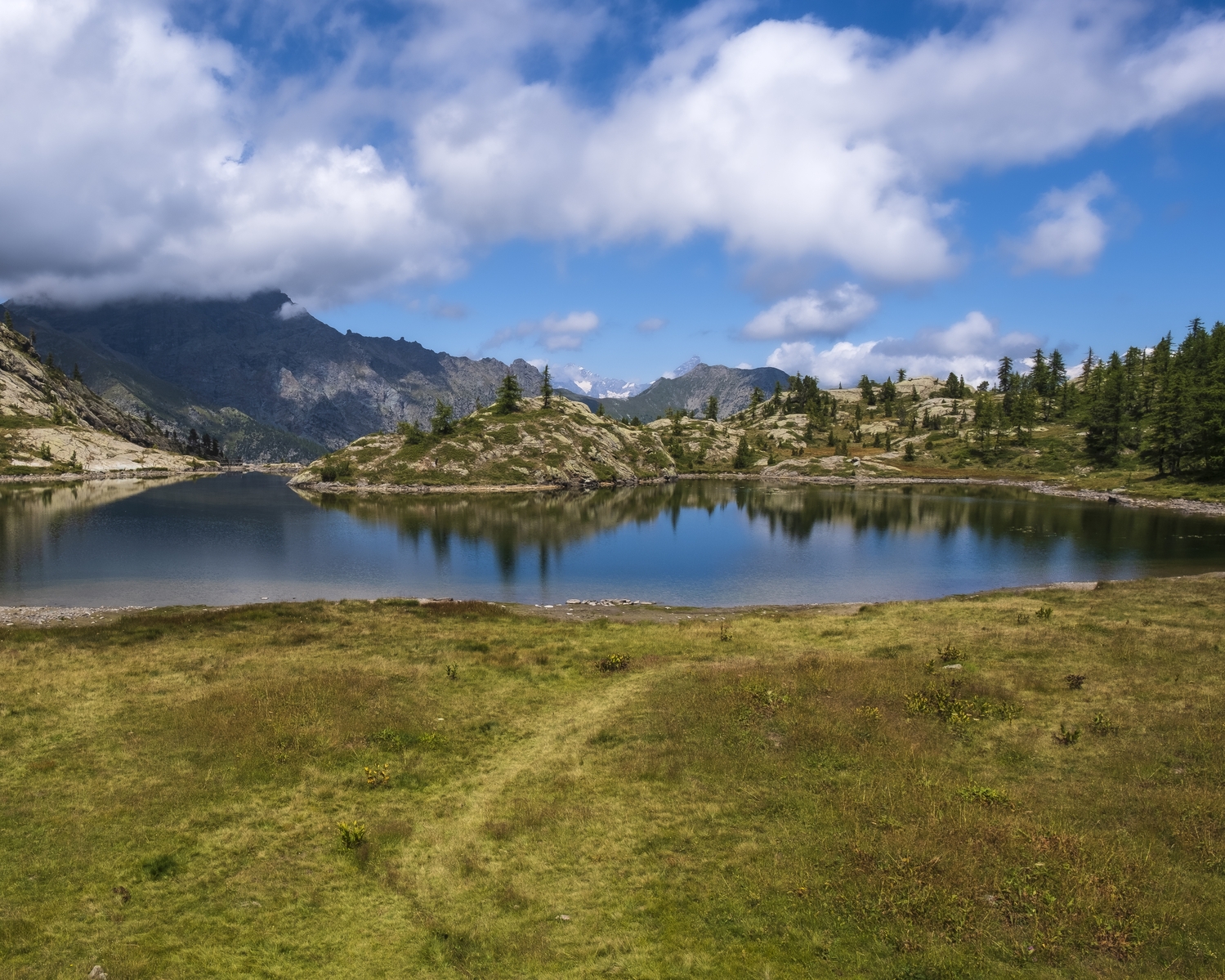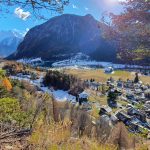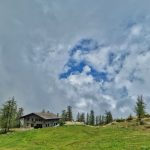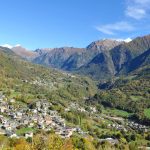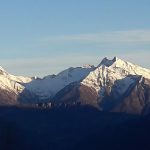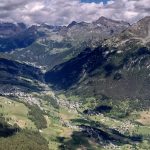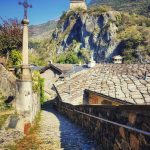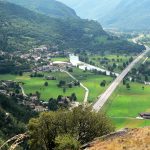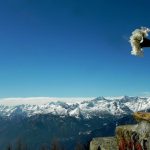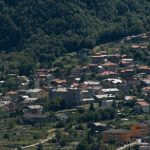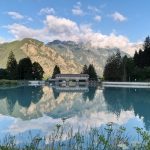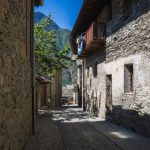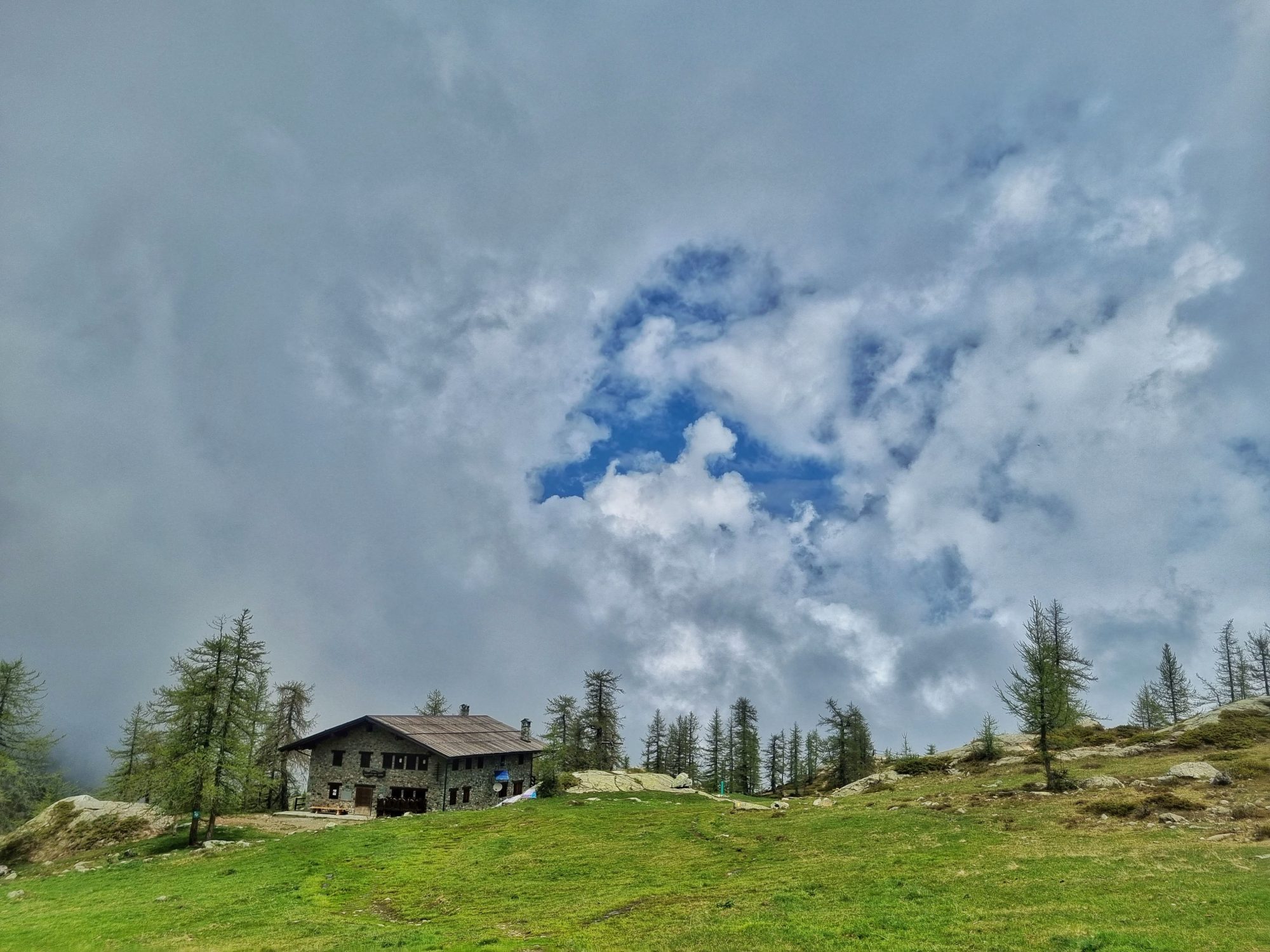
Unité des Communes Évançon Champdepraz
the foot of Mont Avic
Champdepraz: The Gateway to the Mont Avic Nature Park in the Aosta Valley Explore Champdepraz, a charming Aosta Valley municipality at 512 meters above sea level, famous for its access to the Mont Avic Nature Park and its rich biodiversity.
Champdepraz, a commune of 706 inhabitants located at 512 meters above sea level, is only 42 kilometers from Aosta.
This hamlet, known for its unique location at “l’envers” of the Dora Baltea, offers a gateway to the famous Mont Avic Nature Park, a protected area of exceptional natural beauty and biodiversity.
History and Culture Champdepraz, with its long history intertwined with that of the surrounding valleys, has a rich cultural heritage.
The municipality is known for its traditional chestnut forests and for being a landmark in the conservation of alpine flora and fauna.
The local museum offers an in-depth look at the history and traditions of the village, including its importance in the context of the Mont Avic Nature Park.
Nature and Sports The municipality is a paradise for lovers of nature and outdoor sports.
The Mont Avic Nature Park, with its trails, offers unique opportunities for hiking, birdwatching, and mountain biking.
The chestnut forests surrounding Champdepraz are ideal for relaxing walks and picnics in nature.
Festivals and Traditions Champdepraz celebrates several traditional festivals that reflect its rich alpine culture.
Seasonal events and folk festivals take place throughout the year, offering visitors an opportunity to immerse themselves in local traditions and the village community.
For Little Ones For families Champdepraz offers many outdoor activities, such as easy trails suitable for children and play areas in the heart of the village.
In addition, the Mont Avic Nature Park is an excellent place to teach young children the importance of nature and environmental conservation.
Champdepraz is an ideal destination for those seeking an authentic mountain experience, combining natural beauty, local culture, and outdoor activities in a tranquil and picturesque setting.



Champdepraz The History
That of Champdepraz is an important municipality of Franco-Provençal culture and language, which, however, in the past, underwent a Walser migratory flow.
The Walsers were a population of Germanic origin who at the time occupied the territory surrounding the Monte Rosa massif.
Evidence of this influence is the village of Gettaz-des-Allemands.
According to the pronunciation of Valdostan patois, the typical dialect of the region, the term "Champdepraz" should be intoned without pronouncing the final "z," thus simply "Sciandöprà."
The word "Champ" would refer to the French word for "field," "de" to "of," and "pra" to "meadow" as it is said in the typical Aosta Valley dialect.
It was frequented in ancient times by Italic and Celtic peoples, who, joining together, originated the proud people of the Salassi, rulers of the region until the arrival of the Romans, against whom they resisted for more than a century (143-25 B.C.).
After the fall of the Roman Empire, like the rest of the region, it became part of the kingdom of the Franks (575) and was incorporated into the COMITATUS of the Aosta Valley (10th century), included in the second kingdom of Burgundy (879-1032).
Following the administrative reorganization carried out by the Savoys, it became part of the balivato of the Aosta Valley (13th century), under the jurisdiction of the Chenals, lords of Montjovet; in 1295, the Chenals having died out, it passed by marriage to the Challants.
With the transformation of the county into a duchy (1416) by Amadeus VIII of Savoy , it enjoyed the privileges arising from the establishment of the Conseil des Commis.
It followed the fortunes of the Challants and the Duchy of Savoy through the cruel plague epidemic of 1630, the wars with France (17th-18th centuries), the transformation of the Duchy of Savoy into a kingdom, and its entry into the Kingdom of Italy.
Among the architectural testimonies of the past, the parish church of St. Francis de Sales, dating from the 17th century, and several chapels scattered throughout the municipal territory, dating from the 17th and 18th centuries, deserve special mention.
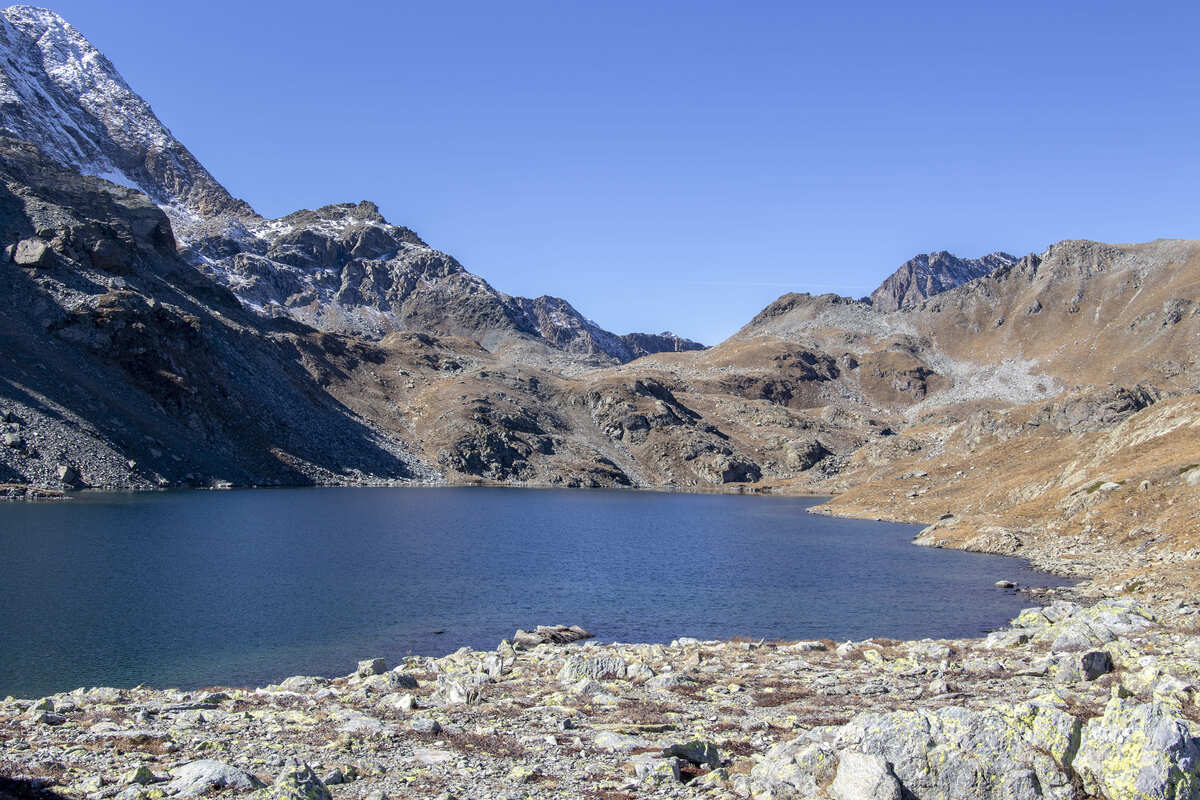
Whato do in Champdepraz
What to do in Champdepraz
The commune is distinguished by the high number of chapels, found in every village, and the numerous community ovens in the villages.
The Mont Avic Park Visitor Center is located in the village of Covarey and is an information point on the special features of the protected area and the various walks.
It houses an interesting nature museum that describes the park’s rocky environments, wetlands and forests through engaging and comprehensive interactive systems.
A multipurpose hall hosts lectures, educational activities and temporary exhibitions.
The villages in the Chevrère area have preserved their original architectural features, stone dwellings and typical wooden “rascards,” as well as at the mining village of Hérin, perched on the mountain.
The Chalamy stream is one of the havens for canyoning or canyoning sportsmen.
Various rural buildings typical of the Lower Valley are encountered in the villages; built of stone and wood, they may consist of a single building or several separate bodies.
Their typical elements are the dwelling proper, the stable and barn, the htabio, the pejo, and the payi.
Other typical constructions are the grisse for drying chestnuts, the granary called reucard (or rascard), and the storage for sheaves called lo dzerbi[7].
Four ovens for traditional bread baking are preserved in the hamlets of Capiron, Covarey, Viéring and Veulla NATURE AND SPORT The Mont Avic Regional Park offers hikers a rich network of trails that allow them to discover animal and plant peculiarities sometimes unique to the Aosta Valley.
Some of these itineraries are also suitable for snowshoeing. Along the Chalamy creek, recreational anglers will find a privately managed reserve, with some catch and some no-kill sections.
This stream is also a favorite for canyoning, especially in the downstream section.
There is a climbing wall in the Crest locality, while a via ferrata has been built on a spur overlooking the hamlet of Covarey.
FOR CHILDREN In the hamlet of La Veulla, beyond Covarey, just after the end of the carriage road, is the Mont Avic wildlife park where children can observe various animals of the alpine environment up close.
These are specimens from rescue centers that, unable to be reintroduced into the wild, find a suitable habitat in the wildlife park.
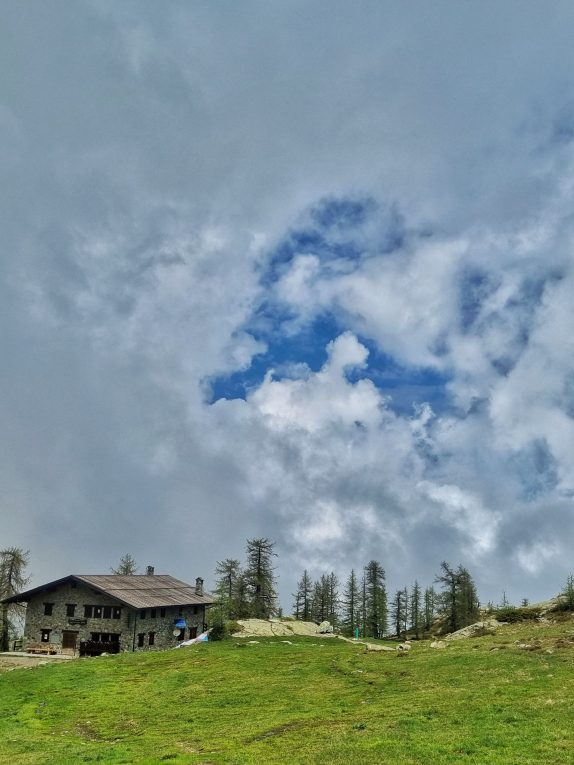
Champdepraz January 7, 2026

 0°/0°
0°/0°
 -3°/-3°
-3°/-3°
 -5°/-5°
-5°/-5°
 -7°/-7°
-7°/-7°
 0°/0°
0°/0°







